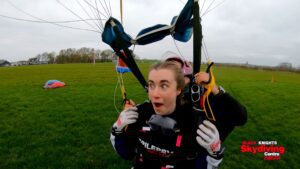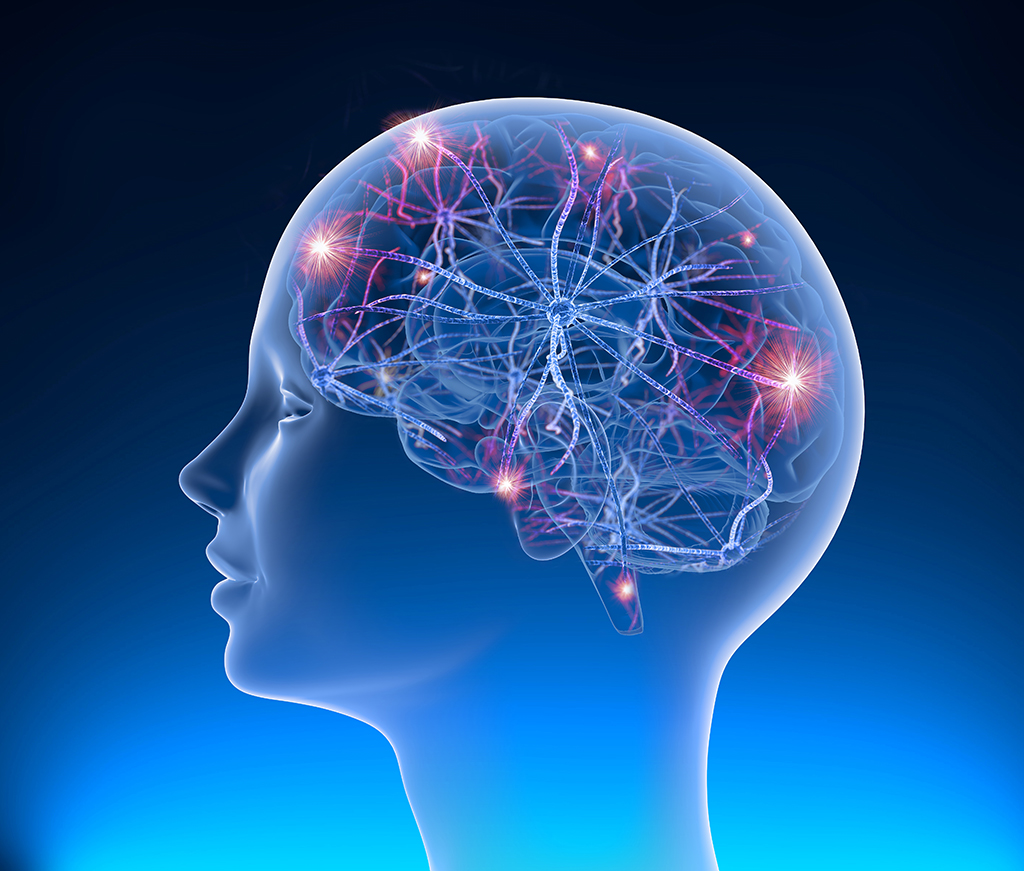 Seizures are often misinterpreted. Depending on the type of seizure, people are often assumed to be drunk or on drugs, or just behaving strangely. Absence seizures are some of the most commonly missed and mistaken seizures, often confused for daydreaming because of their brief nature and lack of obvious characteristics.
Seizures are often misinterpreted. Depending on the type of seizure, people are often assumed to be drunk or on drugs, or just behaving strangely. Absence seizures are some of the most commonly missed and mistaken seizures, often confused for daydreaming because of their brief nature and lack of obvious characteristics.
However, they’re real seizures, and they can be debilitating and confusing for people having them. We share some descriptions from people with epilepsy about what they feel like, and a little bit of recent research about them.
What can happen when you have an absence seizure?
Some common elements of absence seizures that the community shared, include:
- Blackness/pause/’power cut’
- Small movements
- Feel like you can’t speak or can’t hear or understand what’s happening around
- Feel stuck
- Feel blood draining away from head
- Confusion at losing chunks of time or missing parts of conversations
- Anxiety, fear, guilt after the seizures
How did people describe their seizures?
People with epilepsy used a whole host of analogies to try to explain what it feels like when you’ve missed a chunk of time, which highlight the frustration and disorientation these seizures can cause.
- It’s like I time travelled
- When you press ‘skip forward’ on a TV show
- Feels like a time jump
- I’m stuck
- I’ve paused
- A time jump
- A paralysis
- Like a CD skip
- A brain freeze
- A light bulb going on and off
- A power cut
- A computer that suddenly freezes
- As if someone presses the reset button on the brain
- Like a finger snap
- A daydream that you can’t shake yourself out of
 A supporter took to Instagram to share their experiences: “They feel surreal. Sometimes I can hear people talking and see everything moving around me.”
A supporter took to Instagram to share their experiences: “They feel surreal. Sometimes I can hear people talking and see everything moving around me.”
Another said: “It might have only been 10 seconds you miss, but it’s very disorientating and takes you a minute to realise what’s happened and catch up.”
Another service user said: “I can be part way through a conversation and then I’ve missed part of it. Then I’ve forgotten where I am completely for a few seconds after. Or it feels like my body stops working and it’s just still. While my mind is still aware and conscious of what is going on.”
In another Instagram comment, another supporter added: “Sometimes I know I’m having a seizure, but I can’t stop it or hear you. Also, [I feel] very guilty. Although it’s not my fault, I feel bad I’m ignoring people.”
A Facebook user explained: “Mine feels like my blood has been replaced by ice water that has drained quickly from my head to my feet. It’s like I know I’m there, but I’m not.”
Another person described it as “blackness”, adding: “My eyelids flutter and I stare into space. I had them on the way to school and would have no recollection of how I got there. I would have to cross a busy road and get on the bus. The amount of time I must have missed from lessons must be ridiculous.”
Describing the after-effects, another supporter said: “I’m left with uncontrollable feelings of confusion, fear and anxiety for hours. I’ve learnt to be strong and carry on regardless at work and at home, not showing the impact my seizures have, but I do admit that it can feel very tiring and lonely.”
Another added: “Mine can erase my memory. I can’t speak and I will stop mid-conversation. Most of the time when alone I wouldn’t know if I had one – but small things like picking up that the time has suddenly changed, the cooking pot has boiled over or the TV programme I’ve been watching has ended, tend to show me I have had them. But apart from that, they can go unnoticed.”
A parent shared: “My little girl has them. When at school, she will ask to go to the toilet, leave the room, then 10 minutes later they will find her wandering. She is lost and has no idea what she’s doing. It’s as if someone presses a reset button on her brain and she has to re-establish where she is and what she’s trying to do.”
What recent research says
There is more information on the Epilepsy Action website around absence seizures and seizure first aid for this type of seizure. Here, we share some recent research into absence seizures from 2025.
Researchers have been looking at improving the detection of absence seizures. In a paper in Clinical Neurophysiology, a team from the Netherlands developed a computer program, which can detect absence seizures in real time.
They tested their tool on 22 24-hour recordings of EEGs of children with absence seizures. The tool was able to identify more than 95% of seizures and could almost always detect the seizures in less than two seconds. The researchers said this has the potential to be useful in future research of these seizures.

The results also showed that one 24-hour period was not enough to say a person was seizure free, and that at least two consecutive 24-hour recordings. This also helped reduce review time by the neurologists, but the researchers acknowledged that it was a small study and should be considered as preliminary.
Another study from France, published in Biomedical Signal Processing and Control, looked at how well an AI-based algorithm could detect absence seizure onset early to allow for an intervention. Using the EEGs of 117 people, the algorithm (adapted to use fewer electrodes to potentially work in a wearable device) was shown to detect seizures more than 80% of the time in around half a second.
Machine learning also featured in a Belgian study in Epilepsia which investigated a device to detect absence seizures in adults. The device was designed to be used at home for 12-24-hour periods and its results could be used by clinicians to guide medical treatment.
The study tested the device on 19 adults, with 79% of them having no further absences after the last measurement. including more than half of the people who had been diagnosed with refractory epilepsy.
A review in Epilepsia Open explored brain circuits involved in absence seizures, looking at more areas in the brain than most studies have previously. The researchers explained that understanding how these brain networks interact with each other could lead to better treatments being developed in the future.
In Clinical Neurology and Neurosurgery, a team from Italy analysed cases of early-onset absence seizures and their outcomes. The researchers reaffirmed that typical absence seizures, normally starting between the ages of four and 10 years old, are a sign of likely childhood absence epilepsy (CAE).
Children with early-onset absence epilepsy, usually starting before the age of four, tend to have good outcomes with epilepsy medication, while those with atypical absence seizures with extra elements suggest a more severe epilepsy condition, the study explained.
An evaluation of 23 children with absence seizures starting before the age of four, showed that those with atypical absences often had a genetic cause and were more likely to have medicine-resistant epilepsy. Genetic tests can help to identify what genes are involved, and help to tailor treatment for the individual, such as the ketogenic diet. In contrast, those with early onset typical absence seizures achieved seizure freedom, the paper concluded.
Finally, a paper in the journal Children analysed lifestyle challenges for children with epilepsy. It looked into physical activity levels in children with absence seizures and those without epilepsy. Children with absence seizures appeared to have lower levels of physical activity, although this wasn’t statistically significant.
The research also found that children with absence seizures were more likely to have traits of anxiety and depression.
The researchers concluded that children with absence seizures already face barriers in being able to take part in physical activity, and mental health problems could be adding to that. They said it’s important to develop physical activity programmes for children with neurological conditions.





